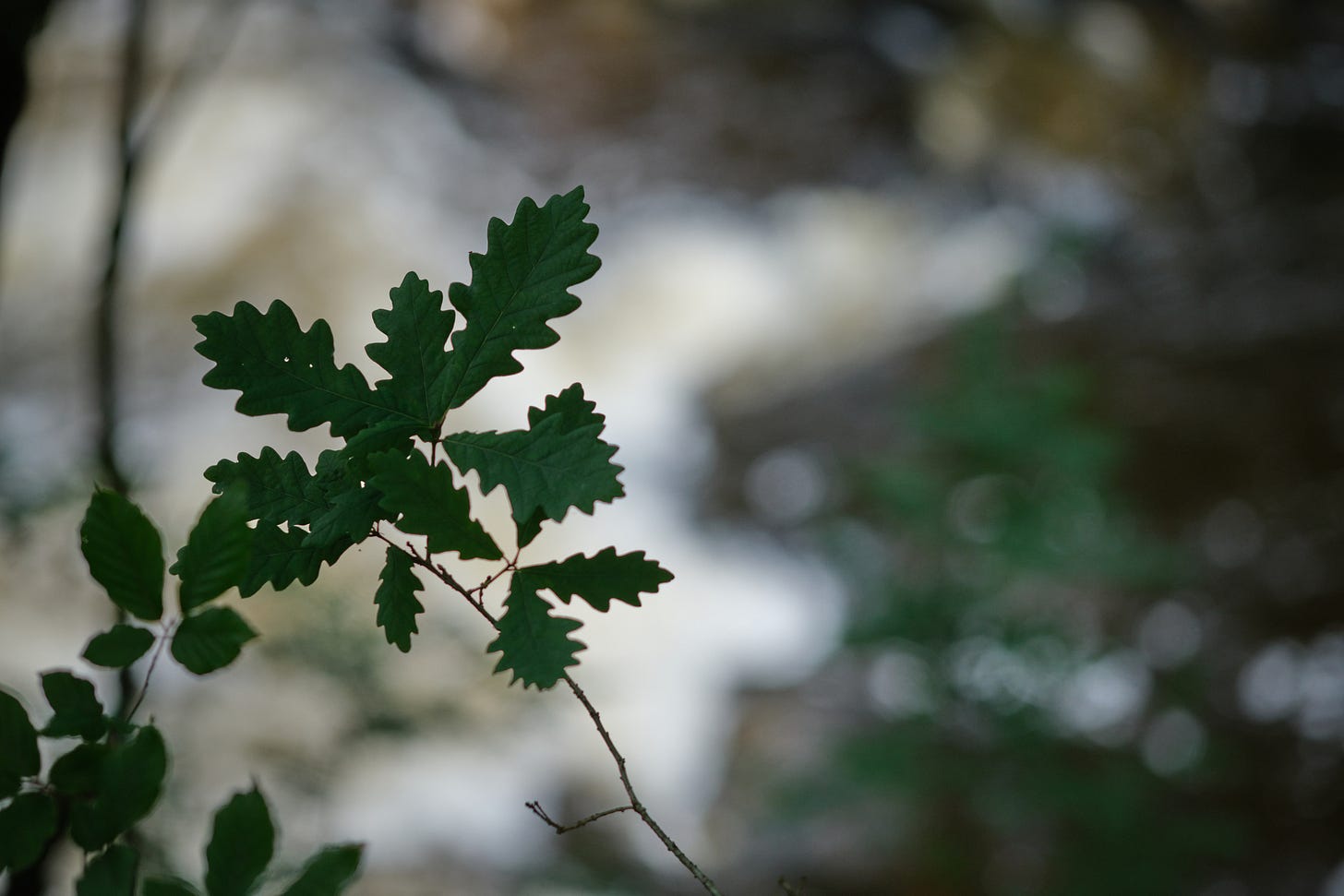Learning at the indoors – outdoors interface
by Roger Scrutton, Honorary Research Fellow in Outdoor Education at the University of Edinburgh
In the current discourse around education there is increasing reference to the role, value and importance of interdisciplinary learning, learning for sustainability, experiential learning, early learning, on-line learning, e-learning and so on. It is useful to consider what contribution outdoor learning might also contribute to these increasingly popular and diverse means of learning.
‘Outdoor learning’ as such has evolved out of ‘outdoor education’ because it is recognised that education in the outdoors is essentially a learning process in which the learner plays the central part - it is, in the first instance, experiential learning in, for, or about the outdoors. It takes learning outside into a different and exciting learning environment where pupils have more agency over how, under guidance, they go about their learning and as a consequence are more creative and productive.
‘Outdoor’ might refer to the school playground (ideally a nature-friendly one), a local park or woodland or a residential outdoor education centre. The process of learning commonly begins with a feeling of increased wellbeing from being in the natural (as opposed to built) environment, progressing through some non-cognitive (affective) aspects of learning, often referred to as personal and social development, which in turn engender a positive attitude towards learning – in groups, for example - greater inquisitiveness and, ultimately the knowledge and understanding that is the educational goal. There are various process models, but an early model from McKenzie1 on which later ones have been built, identifies the inputs as the characteristics of the learner, the physical environment, the social environment, educational activities (adventurous, academic, intradisciplinary, multidisciplinary or interdisciplinary), and the quality of teaching or instructing (residential centres also offer opportunities for community service). In this sense, it is an example of soft complexity2 in which multiple inputs might lead to a different outcome for each individual pupil3.
an important role
The essential point here, however, is that outdoor learning has the potential to play an important role in many of the learning disciplines mentioned above. Indeed, it is identified as one of the three planks of the Scottish Government’s Learning for Sustainable Plan 2023-20304. As far as sustainability of the natural environment is concerned there is a feeling that this aspect of sustainability is easier to teach the more familiar pupils are with the natural environment, viz. the outdoors. Moreover, outdoor learning is potentially complementary to and has synergies with what we might call ‘indoor learning’.
Synergies here are, for example, on the one hand, a topic taught in the classroom might be taken outside to gather data or to illustrate a point being made in class; on the other hand, classwork prior to or following an outdoor learning intervention can play an important role in maximising the academic benefit from the outdoor element. Here, field studies courses in the natural sciences, and educational visits to historical sites or creative writing retreats in the social sciences are specific examples. Synergy is gaining traction amongst educational researchers developing pedagogies, but it does present some challenges in that many teachers are not comfortable with taking teaching outside, which is an argument for including outdoor education skills in teacher training courses or providing specialist teachers in much the same way as in music or sport. Residential outdoor learning interventions present less of a challenge because fully trained instructors are provided by the residential centre, and there is no reason why the outdoor learning elements of the course cannot be agreed upon between customer and provider in order to integrate with classwork and maximise the educational outcomes, termed “Brilliant Residentials” by the Learning Away project5.
“innovative interdisciplinary pedagogies”
Returning to interdisciplinary learning, the very fact that indoor and outdoor learning are complementary and have synergies creates potential for “innovative interdisciplinary pedagogies”6. The challenge we face of achieving environmental sustainability is one of the best examples of where subject areas and pedagogies can be brought together to understand and tackle the problems. Both indoor and outdoor learning can be brought to bear in their synergistic way on the complex problems of sustainable development. This is as much about employing different skills – indoor skills acquired in the classroom or laboratory and outdoor skills acquired in the natural or built environment – as it is about bringing together knowledge and understanding from a range of disciplines in an interdisciplinary way.
McKenzie, M (2003). ‘Beyond the Outward Bound Process: Rethinking Student Learning’, https://journals.sagepub.com/doi/pdf/10.1177/105382590302600104
Scrutton, R (2019). ‘Investigating the process of learning for school pupils on residential outdoor education courses. https://doi.org/10.1007/s42322-019-00044-4
https://www.learningaway.org.uk/
Higgins, P. (2024). ‘Nature’s Classroom’ in Resource, https://rse.org.uk/resource/resource-spring-2024/





